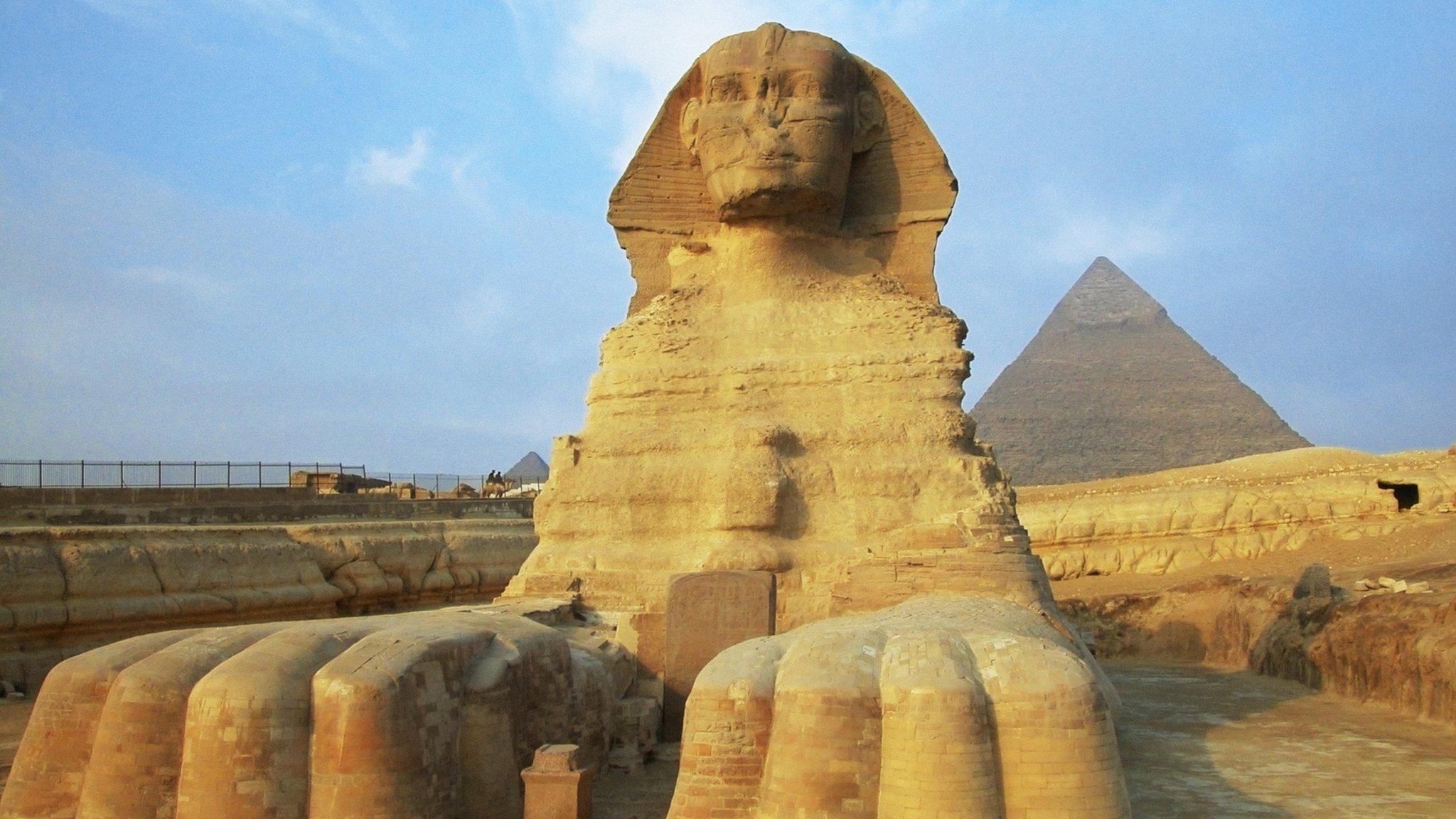Hidden slab may reveal secret to Ramesses II sarcophagus
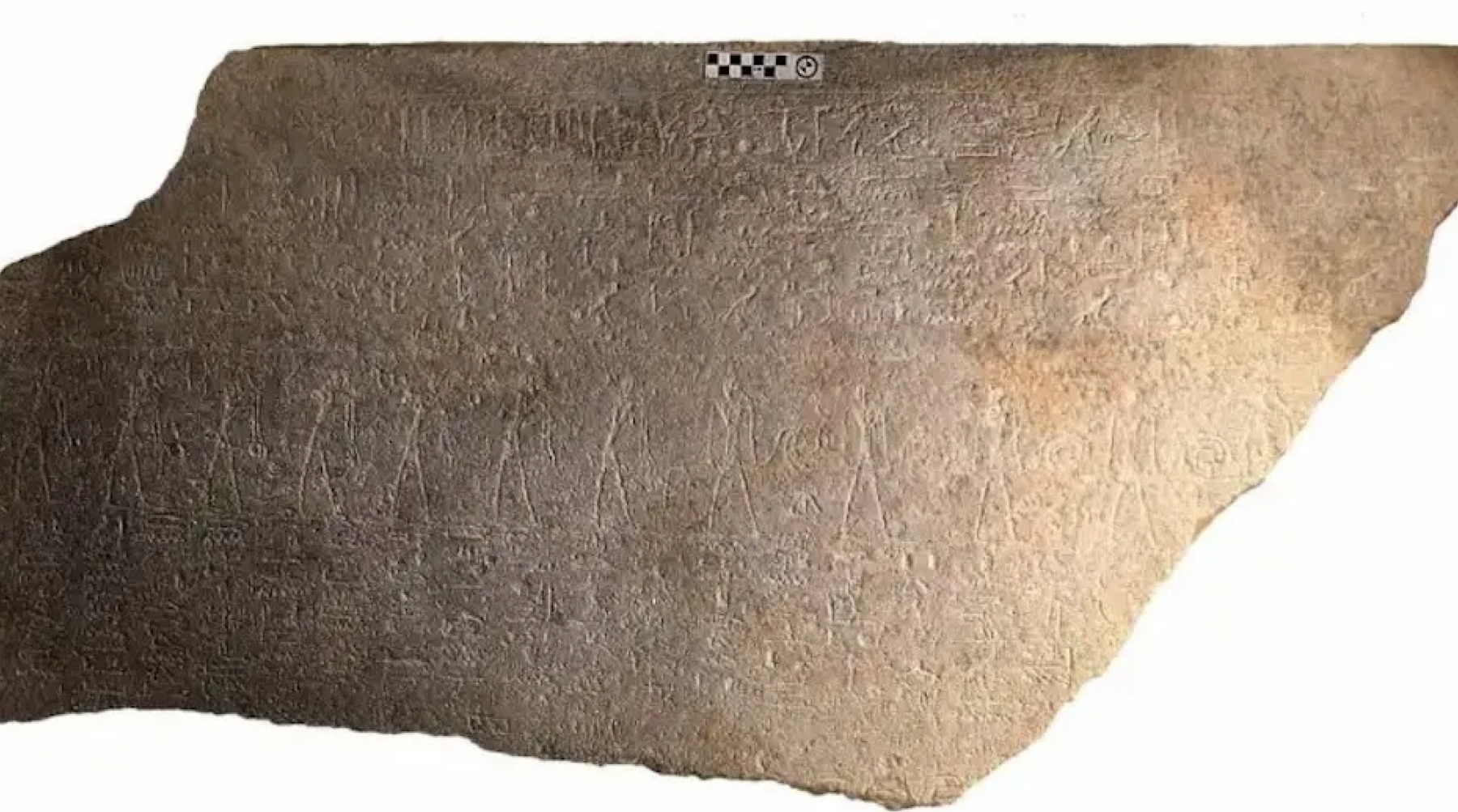
This fragment has helped historians discover a sarcophagus that contained a famous pharaoh
- Published
We all have our different places for keeping things safe, whether it's a school locker or the back of a bedroom drawer.
But imagine if something you had safely hidden away was actually the key to solving an ancient mystery?
That's exactly what's happened to a historian who has solved the missing piece of a puzzle from a fragment of writing that was first discovered 15 years ago.
After translating the hieroglyphics on this fragment, Egyptologist Frédéric Payraudeau believes he has found the sarcophagus of one of Egypt's most famous ancient pharaohs - Ramesses II!
More like this
Archaeologists discover 4,300-year-old Egyptian tomb
- Published28 January 2023
How were the pyramids built? Scientists think they know the answer
- Published17 May 2024
What did Ancient Egyptians use to make their mummies?
- Published5 February 2023
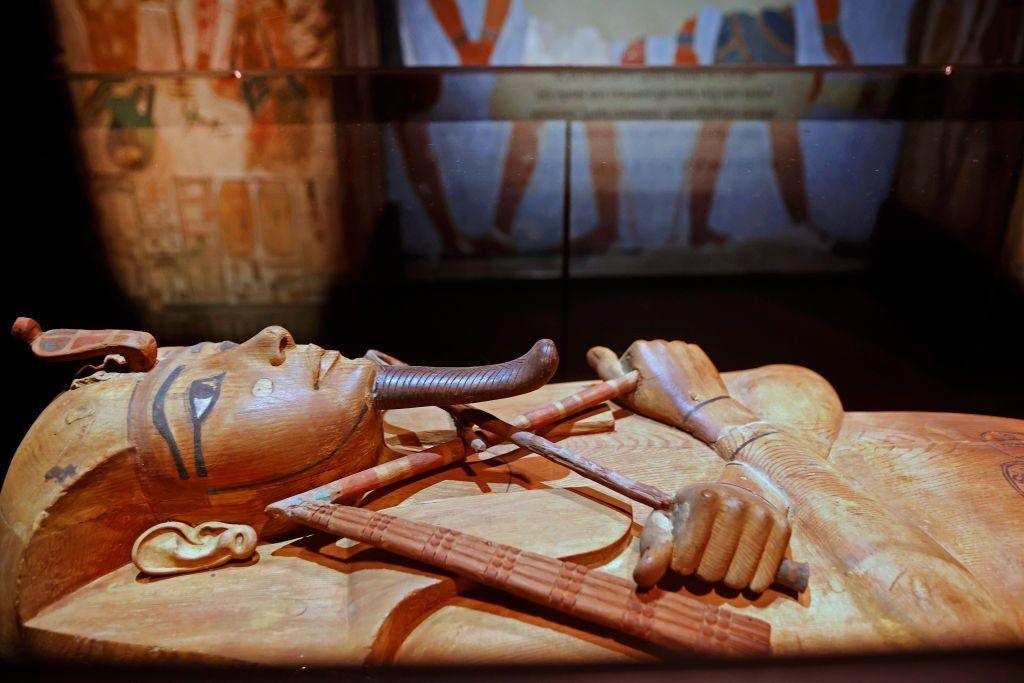
The wooden coffin of Ramesses II
Who was Ramesses II?
According to the Egypt Museum, Ramesses II was once Egypt’s most powerful king.
He reigned for six decades, lived to be over 90 years old and is said to have had more than 100 children!
Ramesses II was originally buried in a tomb in the Valley of the Kings.
This is an area where resting places were carved out rocks for important people like the pharaohs, their family, scribes, doctors and priests.
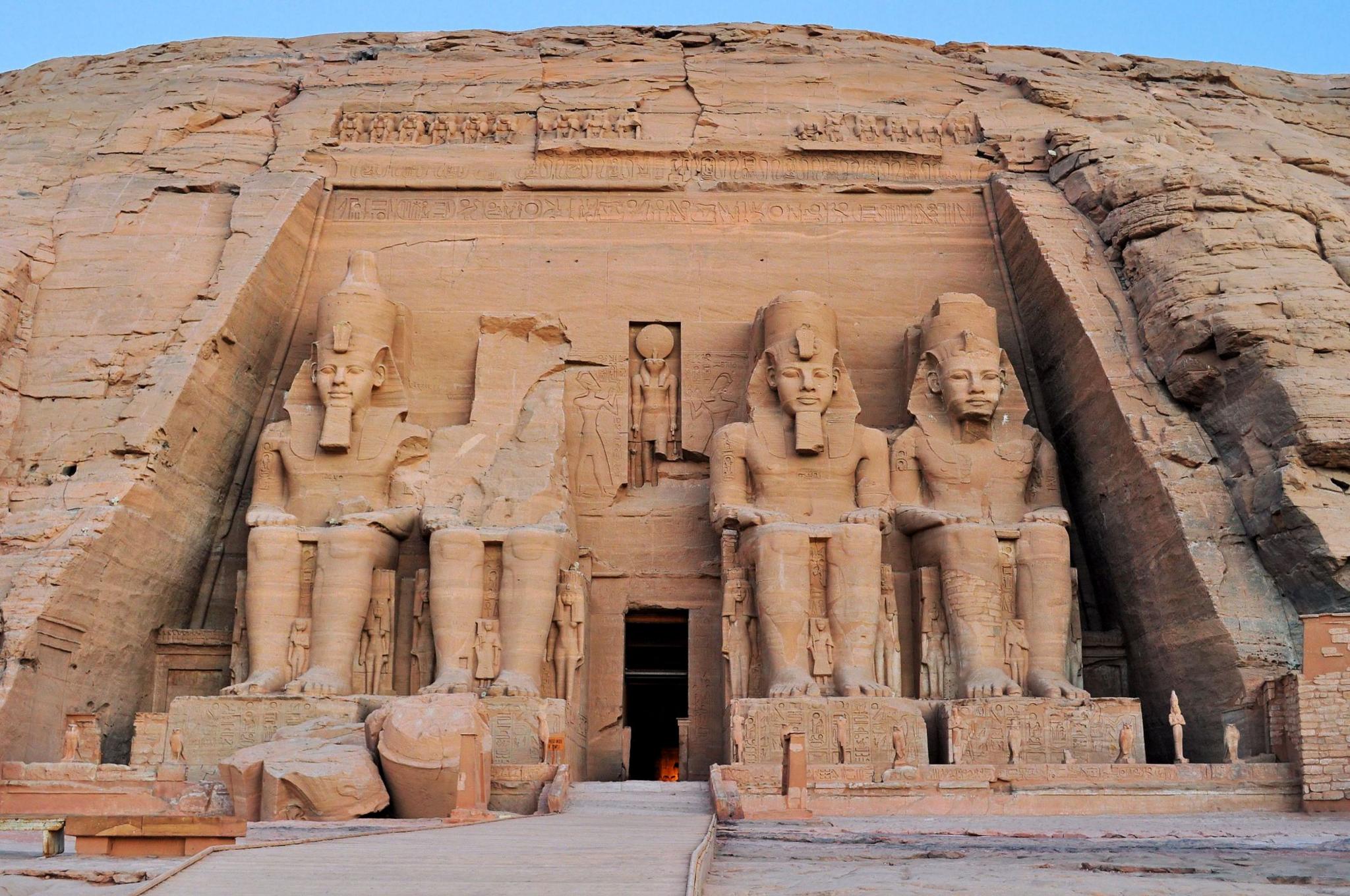
The temple of Ramesses II was constructed as a place to worship the pharaoh
How was the secret of the sarcophagus discovered?
The large granite fragment was found in 2009, in Abydos - one of ancient Egypt's oldest cities.
Its text and decorations showed that the sarcophagus had been used twice to carry coffins.
The second time it was used by a high priest called Menkheperrê at around 1000 BC, according to France's National Center for Scientific Research.
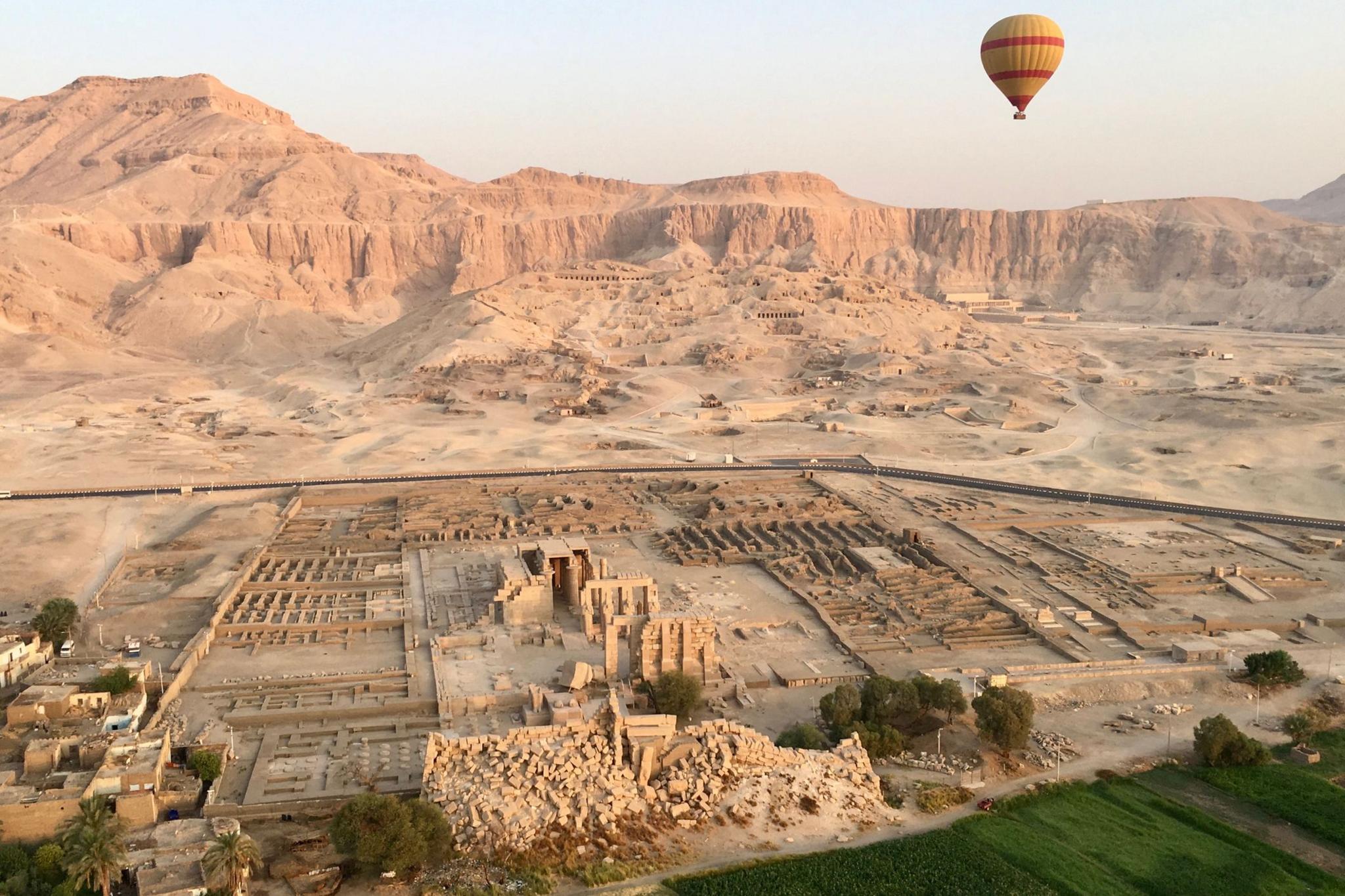
Ruins of the Ramesseum temple that was built in memory of the king
Its first owner remained a mystery, but they were believed to be an important person of the Egyptian New Kingdom. This is the period in ancient Egyptian history between 16th and 11th Century BC.
By studying a certain engraving, Egyptologist Frédéric Payraudeau says he believed it had contained the coffin of Ramesses II.
The teacher-researcher from Sorbonne University in France has published his findings in French journal Revue d’Égyptologie.
What is a sarcophagus?
A sarcophagus is a large type of coffin, usually made of stone, that is often decorated with images and words.
Sometimes another coffin made of a different material like wood is placed inside the larger stone sarcophagus.
They were commonly used for important people in ancient Greece, Rome and Egypt.
- Published8 December 2022
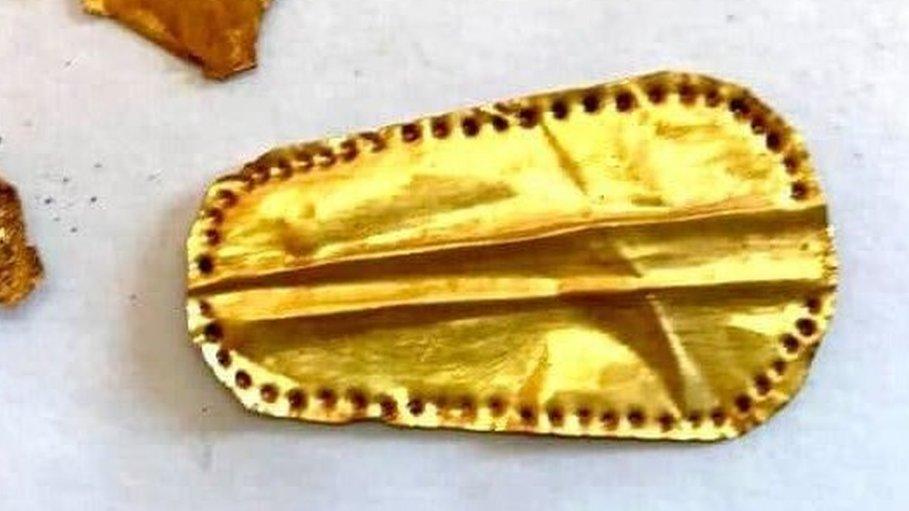
- Published18 January 2021

- Published1 November 2023
